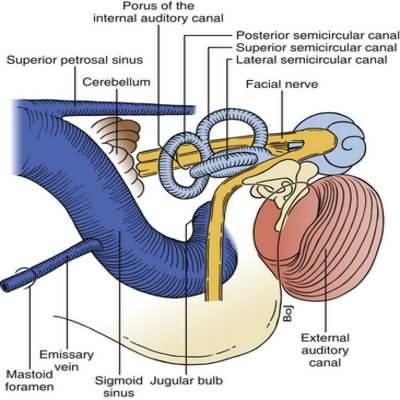infectious keratitis
infectious keratitis
Bacterial keratitis usually pursues an aggressive course. Precipitating factors include contact lens wear—especially overnight wear—and corneal trauma, including refractive surgery.
The pathogens most commonly isolated are staphylococci, including MRSA; streptococci; and Pseudomonas aeruginosa, Moraxella species, and other gram-negative bacilli.
The cornea is hazy, with an ulcer and adjacent stromal abscess. Hypopyon is often present.
The ulcer is scraped to recover material for Gram stain and culture prior to starting treatment with high-concentration topical antibiotic drops applied hourly day and night for at least the first 48 hours.
Fluoroquinolones, such as levofloxacin 0.5%, ofloxacin 0.3%, norfloxacin 0.3%, or ciprofloxacin 0.3%, are commonly used as first-line agents as long as local prevalence of resistant organisms is low. The fourthgeneration fluoroquinolones (moxifloxacin 0.5% and gatifloxacin 0.3%) may be preferable because they are also active against mycobacteria.
Gram-positive cocci can also be treated with a cephalosporin, such as fortified cefazolin 10%, but vancomycin may be required for MRSA; and gram-negative bacilli can be treated with an aminoglycoside, such as fortified tobramycin 1.5%.
If no organisms are seen on the Gram stain, a cephalosporin and an aminoglycoside can be used together in areas where resistance to fluoroquinolones is common. Although early adjunctive topical corticosteroid therapy may improve visual outcome, it should be prescribed only by an ophthalmologist.
When to Refer
Any patient with suspected bacterial keratitis must be referred emergently to an ophthalmologist. Herretes S et al. Topical corticosteroids as adjunctive therapy for bacterial keratitis.

















